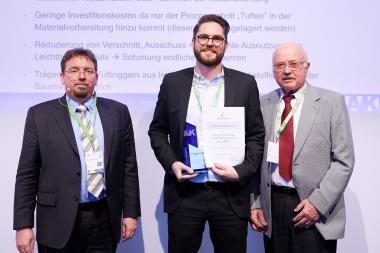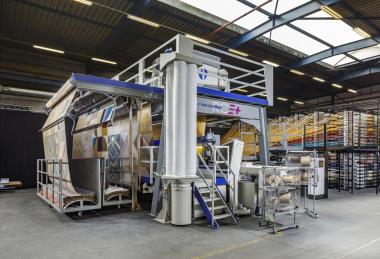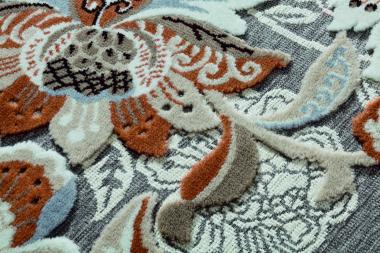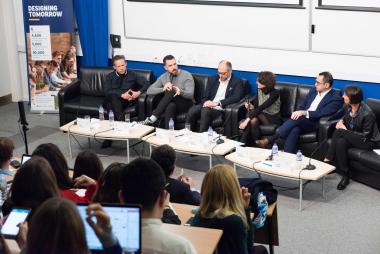SGL Carbon serially delivers composite materials for rotor blades to Airbus Helicopters
- Glass fiber textiles for helicopter type H145
- First ever material supply for primary structural components in the aerospace segment
Since August of this year, SGL Carbon delivers two special glass fiber textiles, so-called non-crimped fabrics, for the new version of helicopter model H145 from Airbus Helicopters. These materials are used in the new, especially efficient five-blade rotor. Developed in close collaboration with Airbus Helicopters, the material has been qualified for the application for the next years to come.
Thanks to their unidirectional fiber orientation, the fabrics are extremely resistant, providing optimal support for the new geometry of the especially long H145 rotor blades. The fabrics are manufactured at the SGL Carbon site in Willich near Düsseldorf in a multi-stage process and delivered to Airbus Helicopters in Paris.
“The order emphasizes our growing presence in the aerospace business. With the fabrics for Airbus Helicopters, we have realized, qualified, and started serial production for a material concept for primary structural components for the first time,” underscores Dr. Andreas Erber, Head of the Aerospace segment in the business unit Composites – Fibers & Materials at SGL Carbon.
The current deliveries are part of a framework contract with Airbus Helicopters, intended to gradually intensify collaboration. Besides the current development of materials for helicopter components, Airbus Helicopters and SGL Carbon have worked together in the area of component material processing for Airbus group aircraft doors for years. In addition, Airbus and SGL Carbon are jointly involved in various associations and research projects in the area of components, such as Carbon Composites e.V.
SGL Carbon
SGL CARBON SE

















